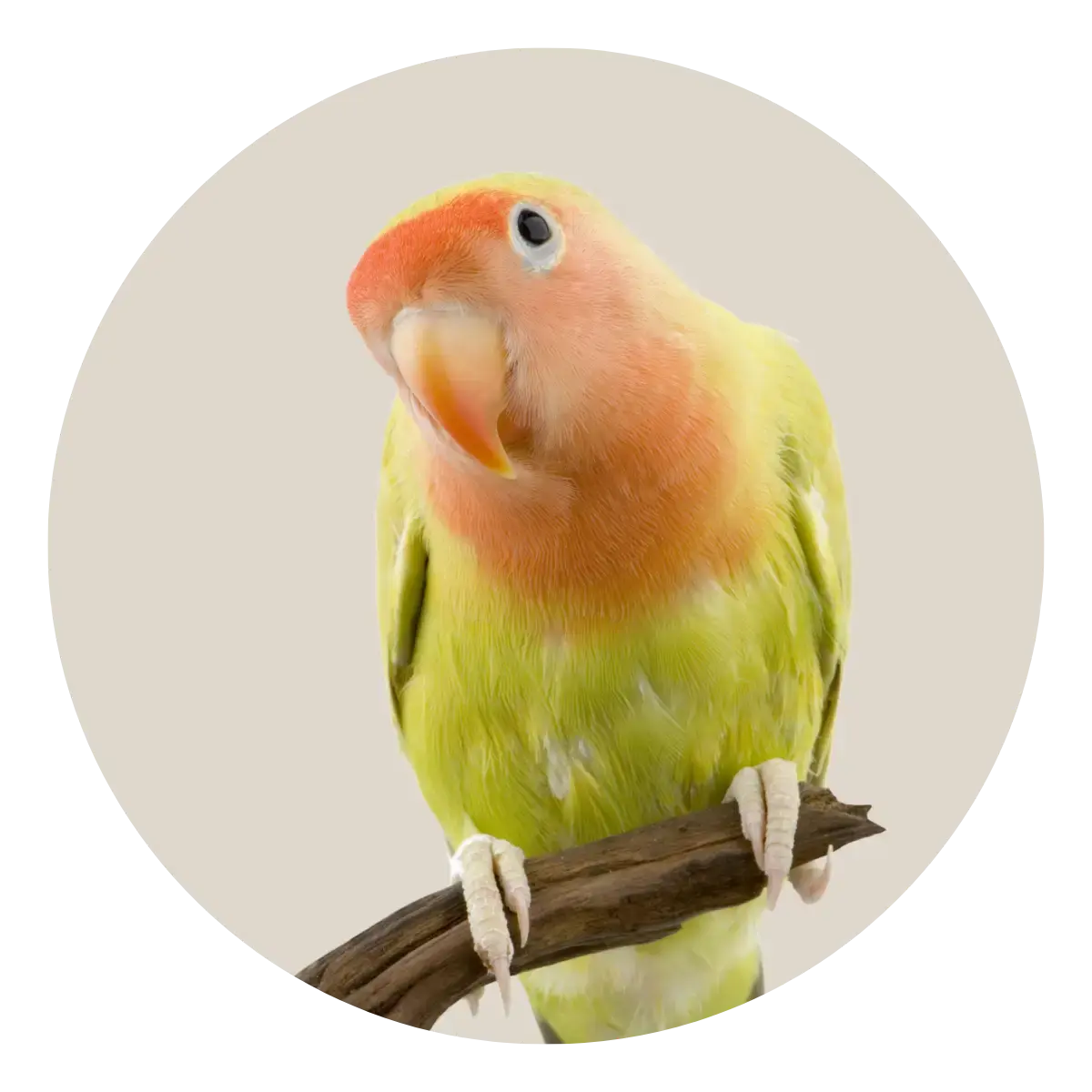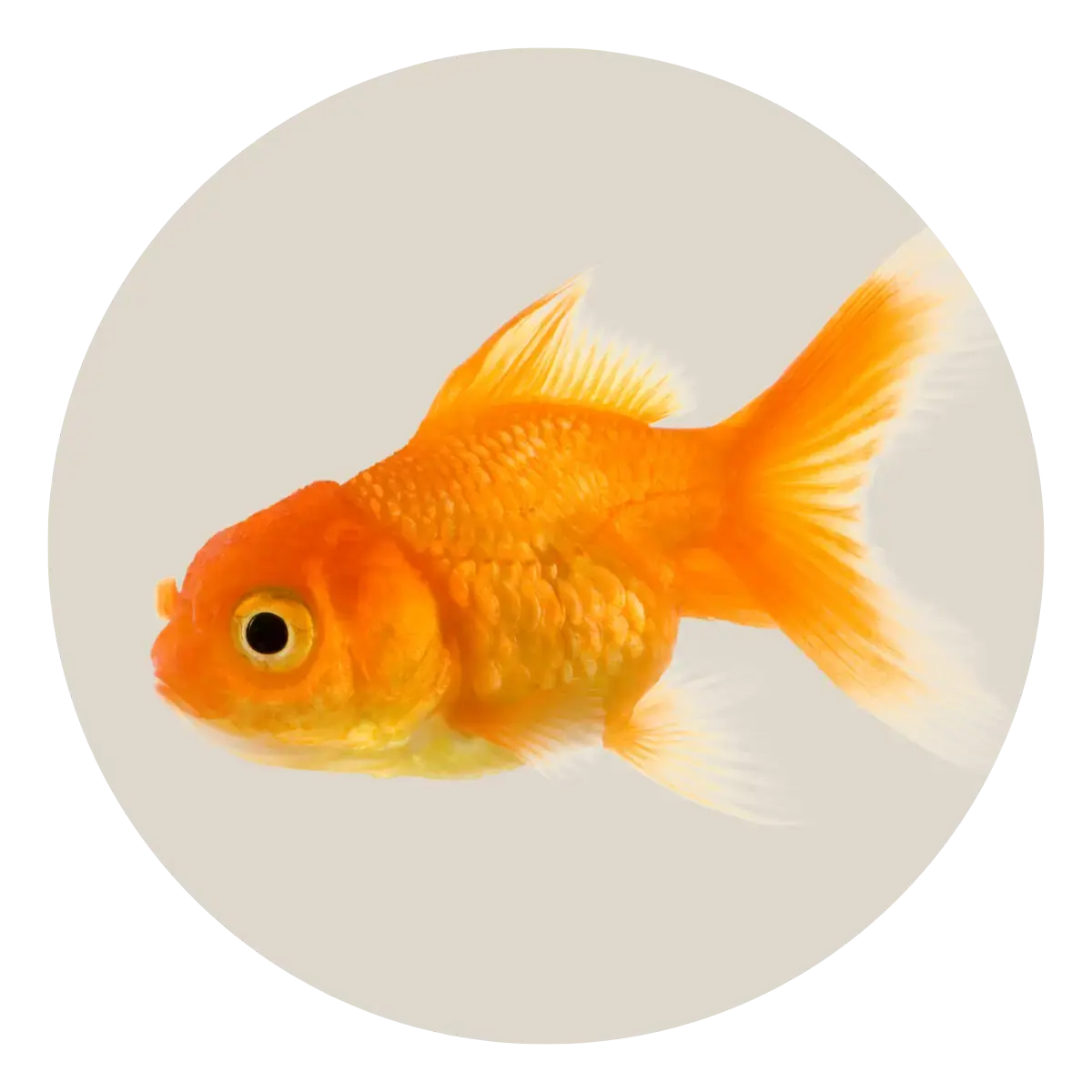When working out with your dog, prioritise their safety. Pay attention to signs of overheating or fatigue, such as:
- Excessive panting
- Prolonged tongue hanging
- Unusual gum colour
- Vomiting
- Diarrhoea
- Lagging behind
- Reluctance to continue or soreness afterward
Adjust exercise intensity based on the weather, avoiding extreme temperatures. In summer, opt for cooler times, shorter exercises, and check pavement temperature by placing your hand down for 5 seconds – if it’s too hot for you, it’s too hot for your dog. Always adapt workouts to your dog's pace and consult a vet if needed.
-
Walking
Best for: Any dog, but particularly those who may struggle with more intense, high impact exercises.
Walking with your dog is the classic dog exercise, and for good reason – it’s a great way for both you and your pup to work out at your own pace. It’s low-impact, which means it’s gentle on your joints, and is suitable for all fitness types, including overweight pets or those aiming to increase their exercise level.
To add variety to your walks, grab a coffee and explore a new neighborhood. Allow your dog to enjoy a ‘sniff walk’, taking as much time as they like to investigate all the new smells they come across.
-
Jogging
Best for: Active dogs with high exercise needs. (Not recommended for puppies, overweight dogs, dogs with joint problems or flat-faced (brachycephalic) dogs.
Jogging with your dog is a great way to clear your head and burn off your pup’s excess energy. Highly active breeds in particular will benefit from regular runs. Some dogs may prefer short, sharp interval training sprints (such as Greyhounds), whereas others will enjoy jogging next to you for half an hour or more (such as Labrador Retrievers).
We recommend waiting to take your dog for a run until they’re at least one year old, to allow their joints time to develop, as running can put a great deal of stress on the joints. For the same reason, this isn’t a good workout for overweight dogs or those with arthritis. Flat-faced (brachycephalic) dogs should also avoid jogging, as they may struggle with breathing difficulties. Speak to your veterinarian for specific advice on whether jogging would be suitable for your pooch.
Remember to allow your dog to pace the run, and keep an eye out for any signs of tiredness or overheating. Also, depending on your dog’s ability with recall and the safety of the environment you’re running in, you may be better off keeping them on a leash. A hands-free leash may come in useful.
-
Hiking
Best for: Dogs with plenty of stamina.
Hiking with your dog is another fantastic form of exercise for both you and your dog, which can be tailored to suit different levels of fitness. It’s a great cardio workout that helps to strengthen your core, improve your balance and build strength in a variety of muscle groups. Getting closer to nature and taking in the beautiful scenery is also a good mood booster, and is proven to help combat symptoms of stress and anxiety.
When introducing your dog to hiking, begin with shorter hikes on easier terrain to help them build up their ability. Work up to steep hills and uneven terrain once your dog seems comfortable. For younger or smaller dogs, consider taking a dog carrier with you so you can help them out when they begin to tire.
-
Doing Dog Agility
Best for: Highly active, intelligent dogs, including working breeds.
One of the best known ‘dog sports’, agility is hugely popular with active dogs of all ages. It involves an obstacle course with items such as a seesaw, tunnel, weave poles and jumps that your dog must navigate as quickly as possible, under your guidance. Agility also gives you a workout, as you have to keep up with your dog while they sprint around the course!
While typically highly active, intelligent breeds such as Border Collies, Australian Shepherds and Jack Russells tend to excel at agility, almost any breed may enjoy it in some capacity (although you may need to modify some obstacles). If your dog likes learning new tricks, running and jumping, consider giving it a go!
-
Trail Running
Best for: Active dogs with plenty of stamina.
Effective planning and preparation are crucial when engaging in outdoor activities with your dog. Tailor your plans based on your dog's breed and climate preferences, ensuring a suitable environment for their well-being. Gradually introduce challenges, considering their fitness level and acclimating them to various terrains. Prioritise paw care and invest in appropriate equipment for comfort and safety. Awareness of water sources, adjustment of pace based on your dog's needs, and cautious encounters with other animals contribute to a successful and enjoyable experience.
Flexibility and adaptability are key during the activity. Be attuned to your dog's signals, adjusting plans based on their comfort and energy levels. Prioritise hydration, take breaks when needed, and foster a cooperative running style by teaching them to walk behind you.
Exercise caution when encountering wildlife, following local rules and guidelines. The combination of thorough planning, preparation, and on-the-spot adjustments ensures a safe, enjoyable, and enriching outdoor experience for both you and your canine companion.
In conclusion, engaging in outdoor activities with your dog is not only a fantastic way to keep both of you physically active but also an opportunity to strengthen the bond between you and your furry friend.
Remember to plan your activities based on your dog's needs and preferences, ensuring a safe and enjoyable experience. Prepare adequately, considering your dog's fitness level and the environmental conditions. Be adaptable during the activity, paying attention to your dog's signals and adjusting plans accordingly.
The right equipment, such as a well-fitted harness, is crucial for comfort and safety. With these considerations in mind, you're set for a wonderful journey of fitness and fun with your canine companion. Happy exploring!
Credit: Small Door Veterinary






